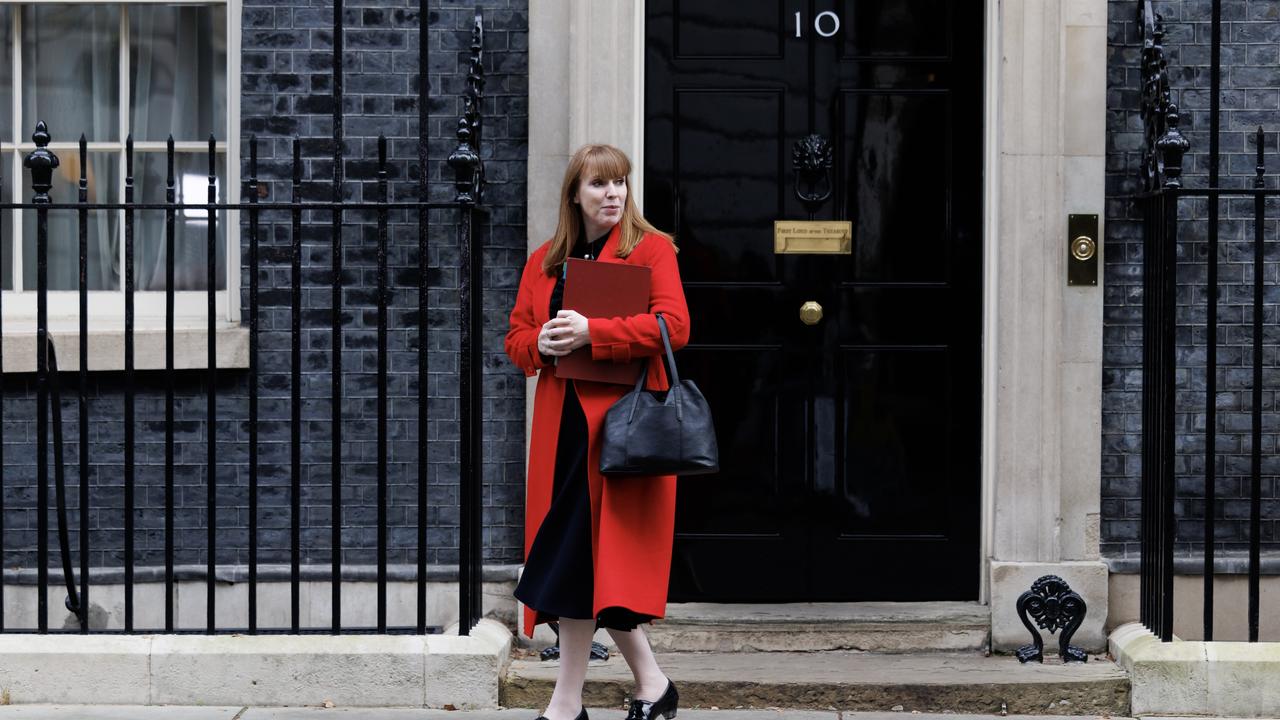New Orleans terror attack: why car rammings are tactic of choice
They have become an increasingly common tactic for terrorists to create maximum bloodshed with little preparation or skill.
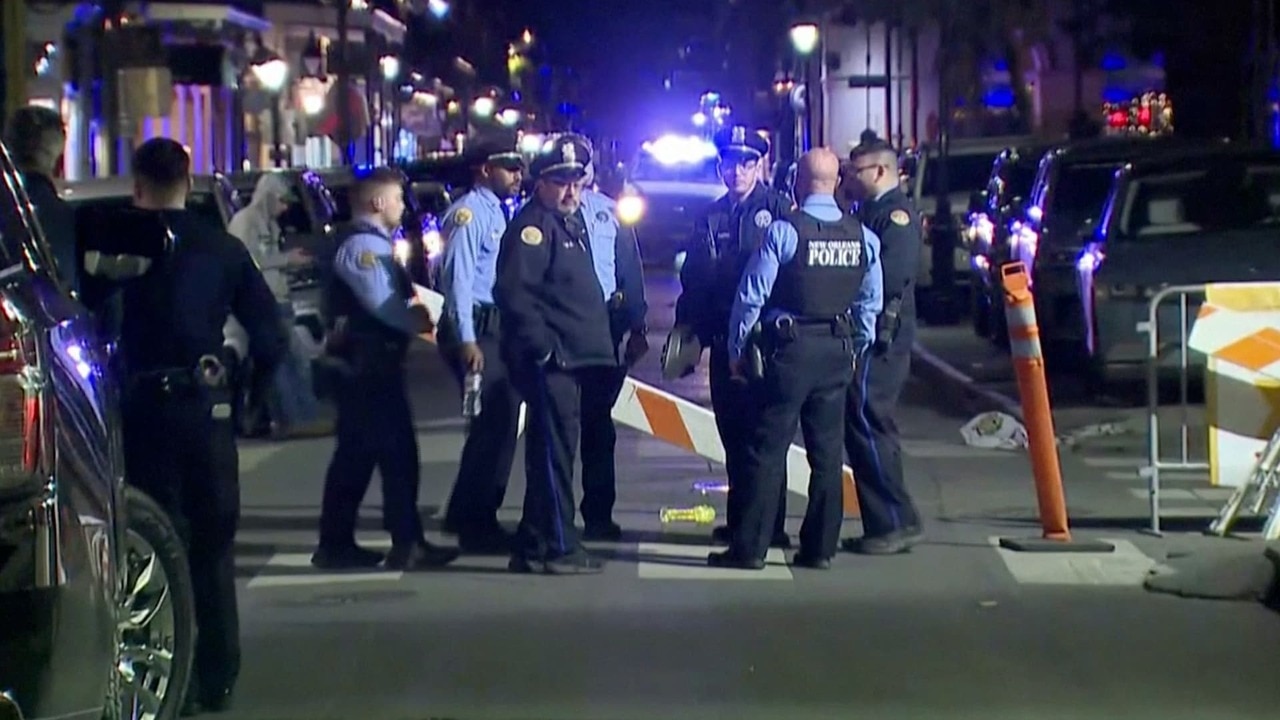
It was 2016 and the Islamic State jihadist group was on the rise, seizing vast swathes of the Middle East. Not content with its territorial gains, it wanted to sow terror across the western world.
The best way to do this, its leaders believed, was to radicalise as many followers in the West as they could, while suggesting methods of attack that did not demand much in the way of skill, training or financing.
“If you are not able to find an improvised explosive device or a bullet, then single out the disbelieving American, Frenchman, or any of their allies. Slaughter him with a knife, or run him over with your car,” Abu Muhammad al-Adnani, the group’s spokesman at the time, said in a video message.
In an early edition of the terror group’s magazine Rumiyah, its leaders even specified the ideal type, weight and speed of a vehicle to create the “ultimate bloodbath”.
Targeting places like open-air markets and holiday gatherings would allow attackers to injure many people at once and cause widespread alarm, the magazine suggested.
“Hit large outdoor conventions and celebrations, pedestrian-congested streets, outdoor markets, festivals, parades [and] political rallies,” Islamic State wrote in Rumiyah.
What followed was an unprecedented wave of vehicular-ramming attacks.
In the deadliest of its kind, Mohamed Lahouaiej-Bouhlel, a Tunisian-born French resident, drove a rented lorry for more than a mile along a packed seaside promenade in Nice on the Bastille Day holiday in 2016, killing 86 people and wounding more than 400. Islamic State claimed responsibility.
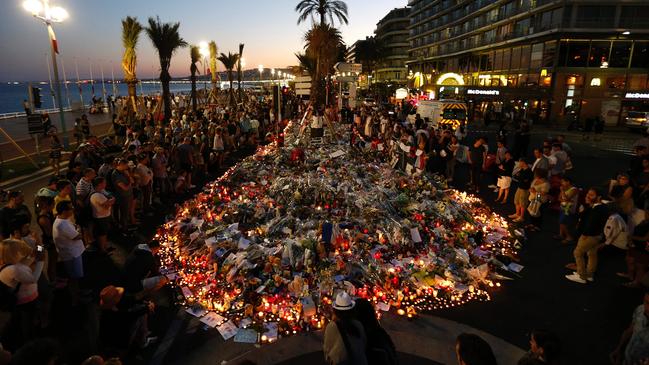
Months later, another Tunisian, Anis Amri, deliberately drove a truck into a Christmas market in Berlin, killing 12 people and injuring 67 others. Islamic State later released a video of Amri pledging allegiance to its leader, Abu Bakr al-Baghdadi.
In Britain, Khalid Masood rammed an SUV into people on Westminster Bridge in June 2017, killing four, before stabbing to death a policeman guarding the Houses of Parliament.
Between 2014 and the end of 2017, terrorists carried out 17 known vehicle-ramming attacks worldwide, resulting in 173 fatalities and 667 injuries.
The car had suddenly become the jihadist’s weapon of choice.
An unsophisticated and low-tech tactical innovation, vehicle-ramming attacks tend to be successful as they minimise the potential for detection by law enforcement. Accessing a car or truck does not raise the same red flags as attempting to acquire illegal firearms or bomb-building materials. It has been called the “poor man’s weapon of mass destruction”.
The use of vehicles to deliberately hit, injure and kill pedestrians dates back to the mid-20th century.
One of the first incidents recorded occurred in 1964 and involved a bus driver who ran down four people in the streets of Taipei, Taiwan, before stabbing himself in an attempted suicide. In 1973, a mentally unstable 21-year-old woman living in Czechoslovakia rammed a truck into people waiting for a tram in Prague, killing eight and injuring 12.
The modern use of the tactic by Islamists can be traced to the Israeli-Palestinian conflict, in particular the summer of 2008, when vehicles were used three times to deliberately strike pedestrians.
They have become much more frequent, and more lethal, since 2014 — with 70 per cent of such incidents happening in the past decade alone, according to research by San José State University.
More than half of the attacks occurred in developed countries such as the US, the UK and in Europe.
Since 2003, 41 attacks have occurred in economically advanced nations. The US leads the list with a total of 13 attacks, followed by France with ten attacks and the UK with five.
Many were inspired by Islamic militant groups such as al-Qaeda and Islamic State, but others have been linked to mental illness and far-right extremism.
In the most recent incident before the New Orleans attack, a 50-year-old Saudi Arabian national who came to Germany in 2006 drove into a crowd at the Magdeburg Christmas market last week, killing five and injuring up to 100. Taleb al-Abdulmohsen had expressed anti-Muslim views and support for the hard-right Alternative for Germany (AfD) party.
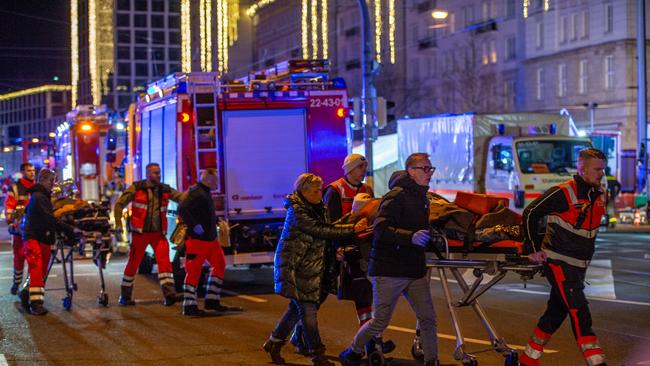
During a “Unite the Right” rally in Charlottesville, Virginia, in 2017, the white supremacist James Alex Fields Jr intentionally drove his car into a crowd of Black Lives Matter protesters, killing one woman and injuring dozens of people.
The far right created a number of memes glorifying vehicular attacks on protesters, suggesting they deserved to be victims of violence for demonstrating on streets and highways.
In Seattle, an officer was placed on administrative leave after posting a picture of a vehicle hitting someone under the commonly shared phrase “All Lives Splatter”.
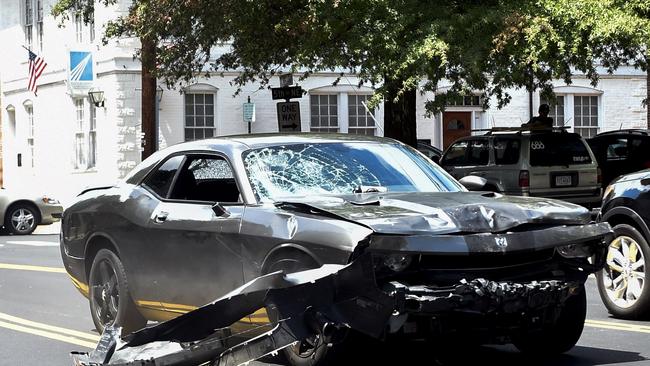
Cities across the world have taken measures to guard against vehicular attacks.
The metal bollards typically used to control car access to Bourbon Street in New Orleans were in the process of being replaced before the Super Bowl, which takes place on February 9 at the city’s Caesars Superdome stadium.
The bollards were first installed in 2017 as part of safety measures introduced by the city.
It appears that the attacker had planned the ramming. An improvised explosive device was also found near the scene.
Security bollards are credited with minimising damage and casualties in the 2007 Glasgow airport attack, and with preventing ramming in the 2014 Alon Shvut stabbing attack in an Israeli settlement in the West Bank, in which the assailant abandoned his car and attacked pedestrians waiting at a bus stop with a knife.


